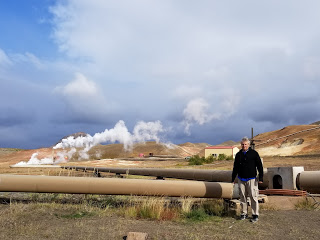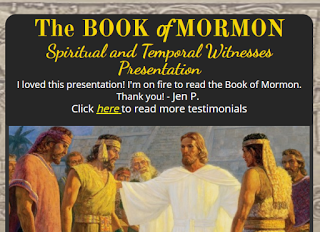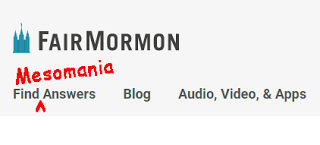Comparison chart and decision tree
http://bookofmormonconsensus.blogspot.com/2016/08/agree-and-agree-to-disagree-lists.html
I could add more sections now, but I’ll stick with the one from last year for now because it clarifies the issues pretty well. And after more than a year, it holds up pretty well.
I understand there are some Mesoamerican proponents who object to the way I’ve framed these issues, but no one has pointed out any factual errors or misstatements about the respective positions. If anyone knows of any such errors or misstatements, let me know and I’ll correct the chart.
When you go through the items, you can see why the unbelievers at FairMormon will never include such a chart on their web page.
Same with the unbelievers at Book of Mormon Central, the Interpreter, Meridian Magazine, etc.
_____
Earlier this year, I posted a decision tree that helps people decide which setting of the Book of Mormon they agree with. Because there are so many new readers here, maybe many of you missed it, so here it is again.
http://bookofmormonconsensus.blogspot.com/2017/02/cumorah-decision-tree-for-book-of.html
The last three items in the decision tree seem to be the ones that people have to really think about when they continue to insist on the Mesoamerican setting.
I could add more to those, as well, as could most readers of this blog.
Source: Book of Mormon Wars






